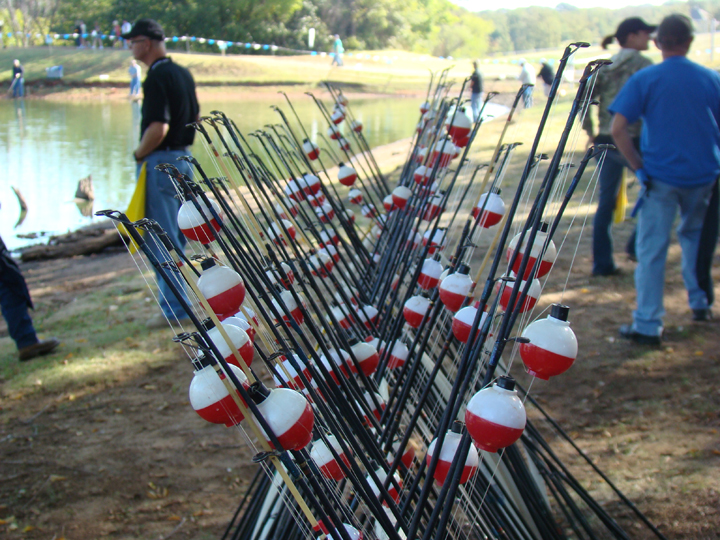Traditional Fishing Floats: The Bobber
By Andy Whitcomb
Nov 30, 2015
Besides the most critical component, the hook, there is no more traditional piece of fishing tackle than the bobber.
Besides the most critical component, the hook, there is no more traditional piece of fishing tackle than the bobber. Sometimes called a “float,” it is helpful for holding bait at an exact depth and a great way to detect fish biting activity. The classic round, red and white model occupies every kid’s tackle box but bobbers come in all shapes, sizes, and colors.

Here’s why different bobber types are useful
-
Detection
In general, the traditional round plastic fishing bobber requires more force to pull under and can hold heavier bait. They have two different colored halves to help detect subtle bites where the bobber may just roll over. Other signs of bite detection may include a twitch, disappearing quickly, steady movement, or if drifting in a stream or river, a halt.
Some fishing floats are long and narrow. They are more sensitive and the initial bite shows when the float “stands up” before going under or moving determinedly. These floats are lighter and thus harder to cast as far as the round plastic type. However, because they are easier to pull under, they are less likely to be felt and thus alarm a fish. -
Hold
The standard round fishing bobber usually has an internal spring and a top and bottom J-shaped wire to provide pinch points to hold the bobber at a certain depth. Narrow standup type fishing floats usually have an exposed spring which pushes the line to a slot in the bobber. Because the pinch point is slightly wider, it is less damaging to the line. Even easier on the line, is a Styrofoam float that uses a peg after the line is slid through a small slit in the side. -
Hold, Eventually
A “slip bobber” uses a “stop,” which is a small knot of thin, colored string that can be slid up or down the line. This will let the angler cast a bobber which may be set at an otherwise uncastable depth of 12 feet or more to target suspended species such as crappie in a submerged brush pile. -
Fly Fishing Detection
Fly fishermen may use a floating line where the entire length of line resting on the surface may act as a long bobber and can help hold a nymph at a desired drifting depth. If additional detection is needed, fly fisherman may add a “strike indicator” which can be a small piece of yarn, or essentially a micro bobber.
When selecting traditional fishing floats, consider what species you are targeting and where/how it will be used. And then find great places to fish with different types of floats.









